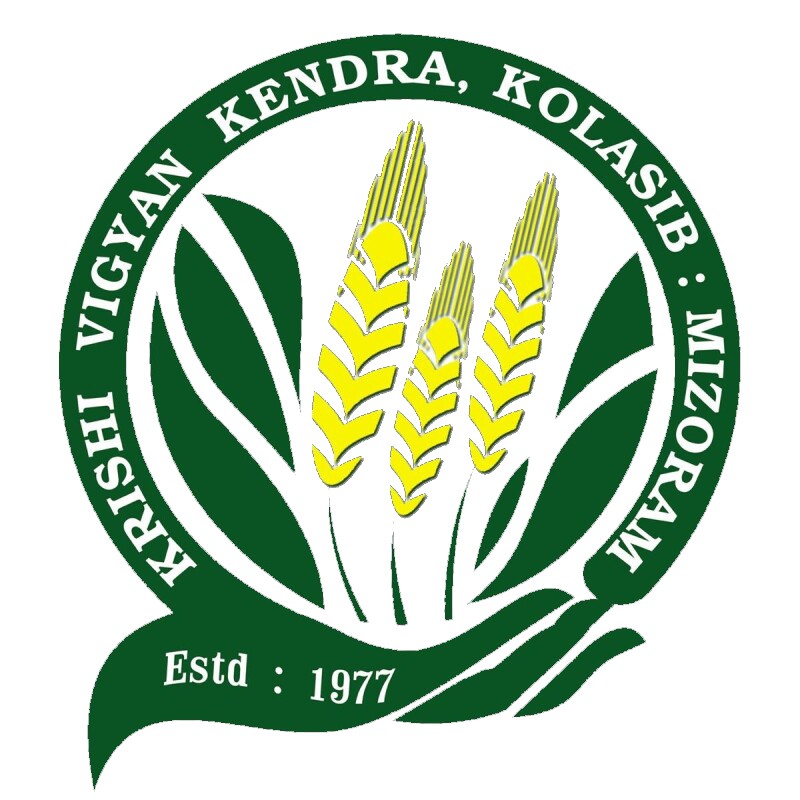Historians believe that the Mizos are a part of the great wave of the Mongolian race spilling over into the eastern and southern India centuries ago. Their sojourn in western Myanmar, into which they eventually drifted around the seventh century, is estimated to last about ten centuries. They came under the influence of the British Missionaries in the 19th century, and now most of the Mizos are Christians. One of the beneficial results of Missionary activities was the spread of education. The Missionaries introduced the Roman script for the Mizo language and formal education. The cumulative result is the present high percentage of literacy of 88.49% which is considered to be the second highest in India.
The Mizos are a distinct community and the social unit was the village. Around it revolved the life of a Mizo. Mizo village was usually set on top of a hill with the chief's house at the centre and the bachelors' dormitory called Zawlbuk prominently located in a central place. In a way the focal point in the village was the Zawlbuk where all young bachelors of the village slept. Zawlbuk was the training ground, and indeed, the cradle wherein the Mizo youth was shaped into a responsible adult member of the society.

















